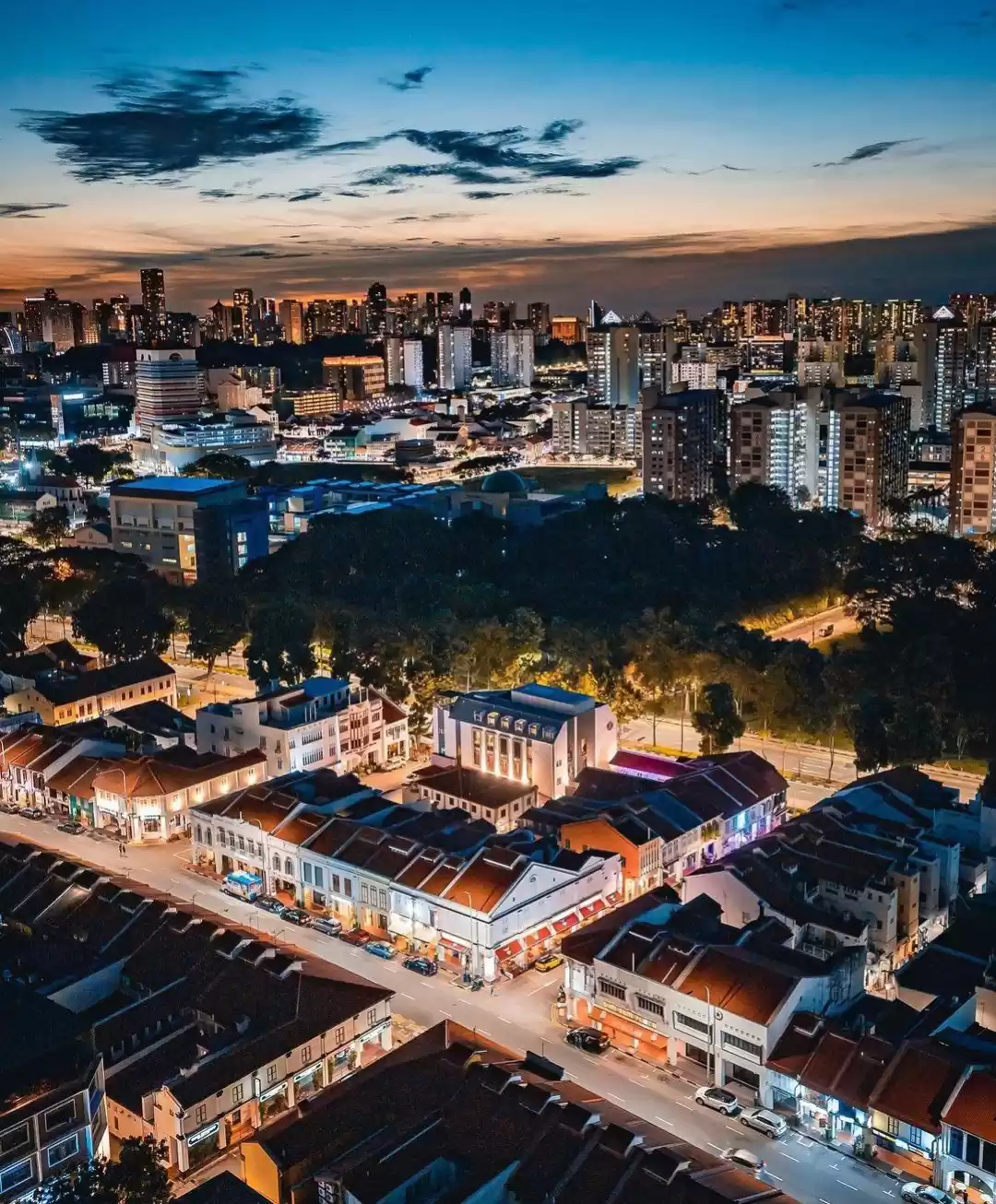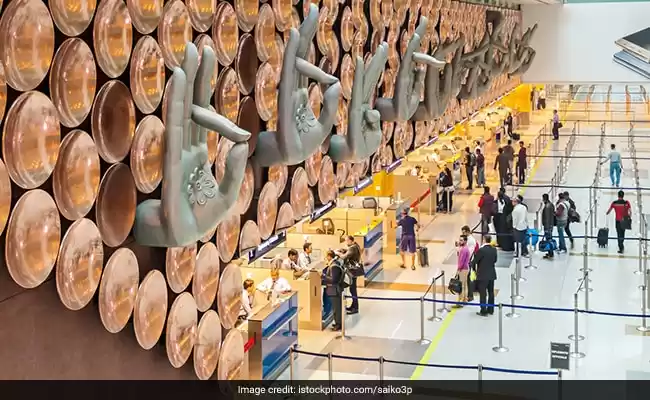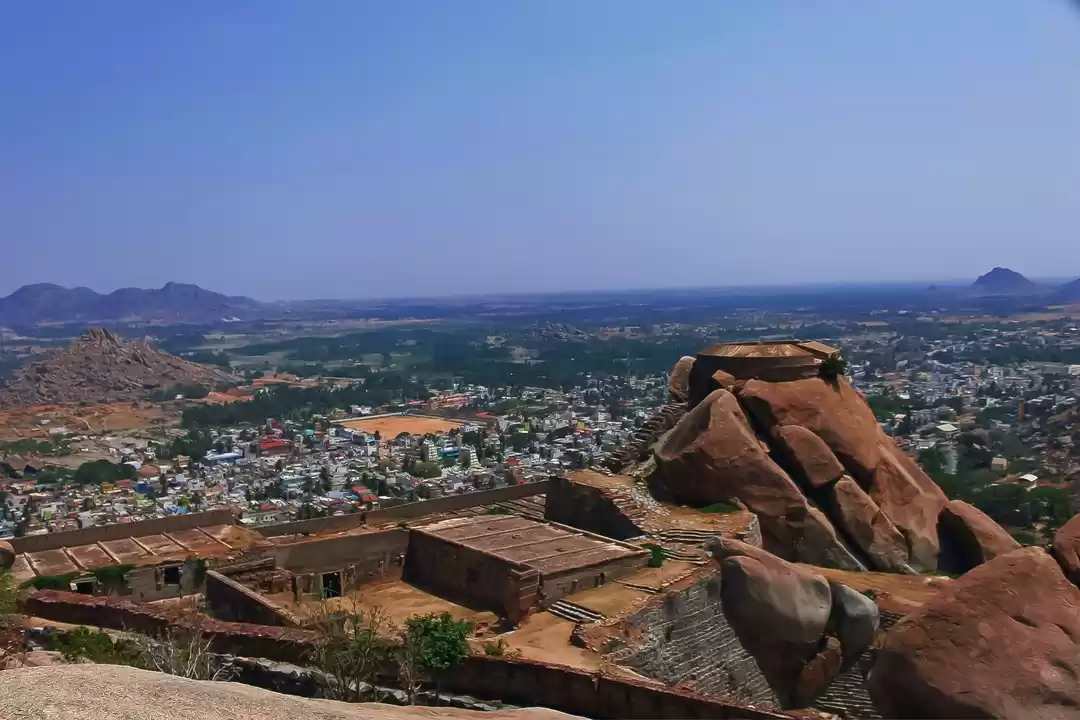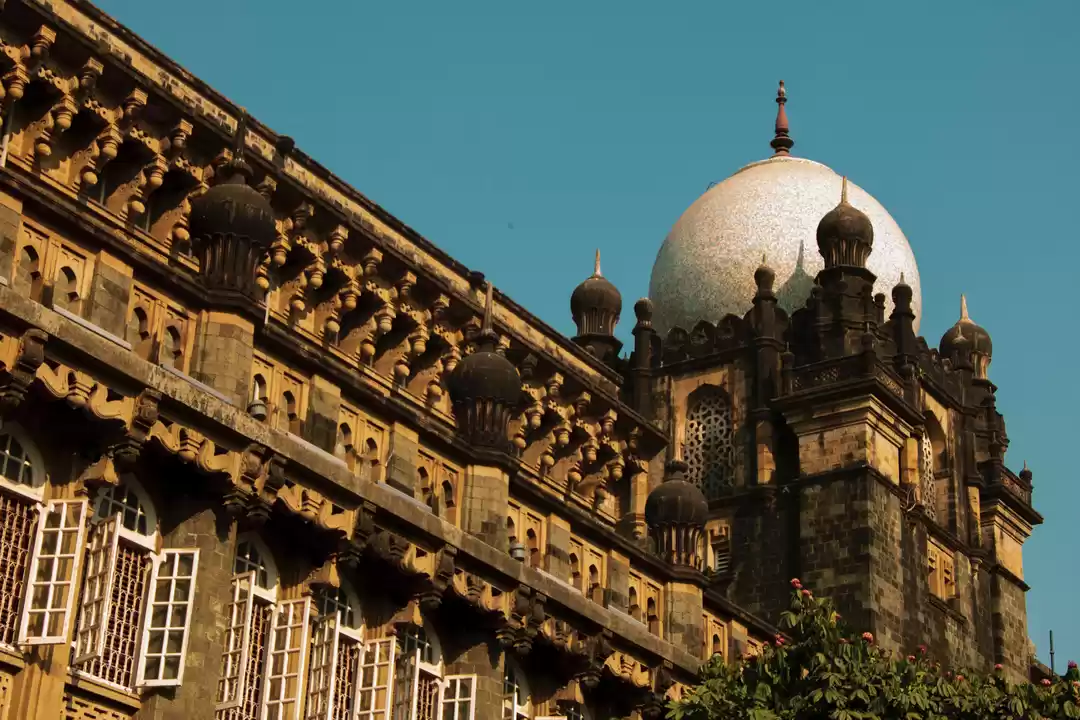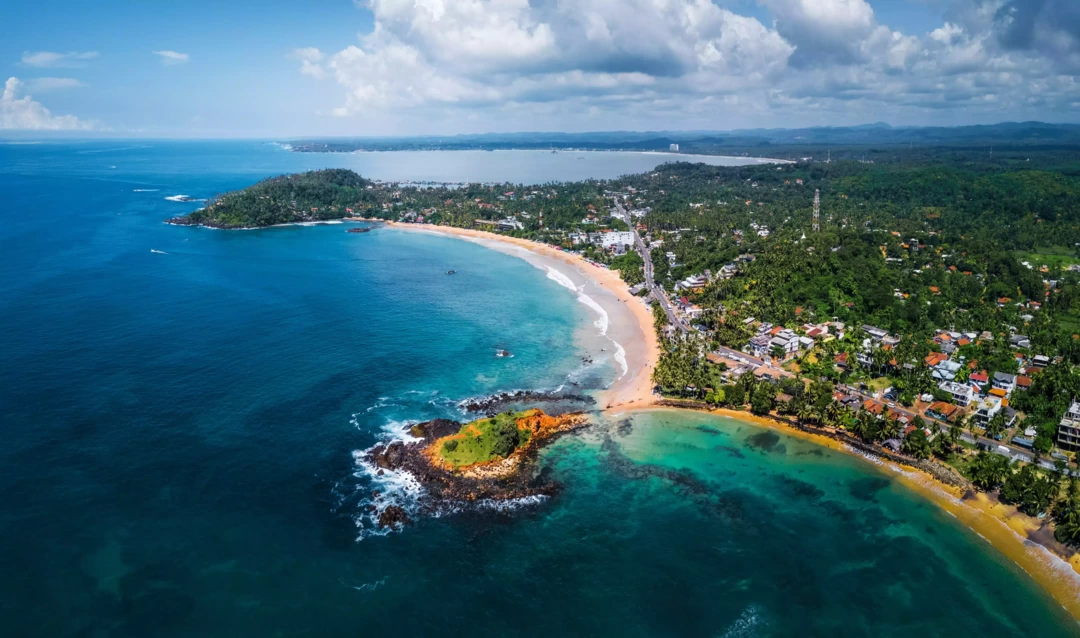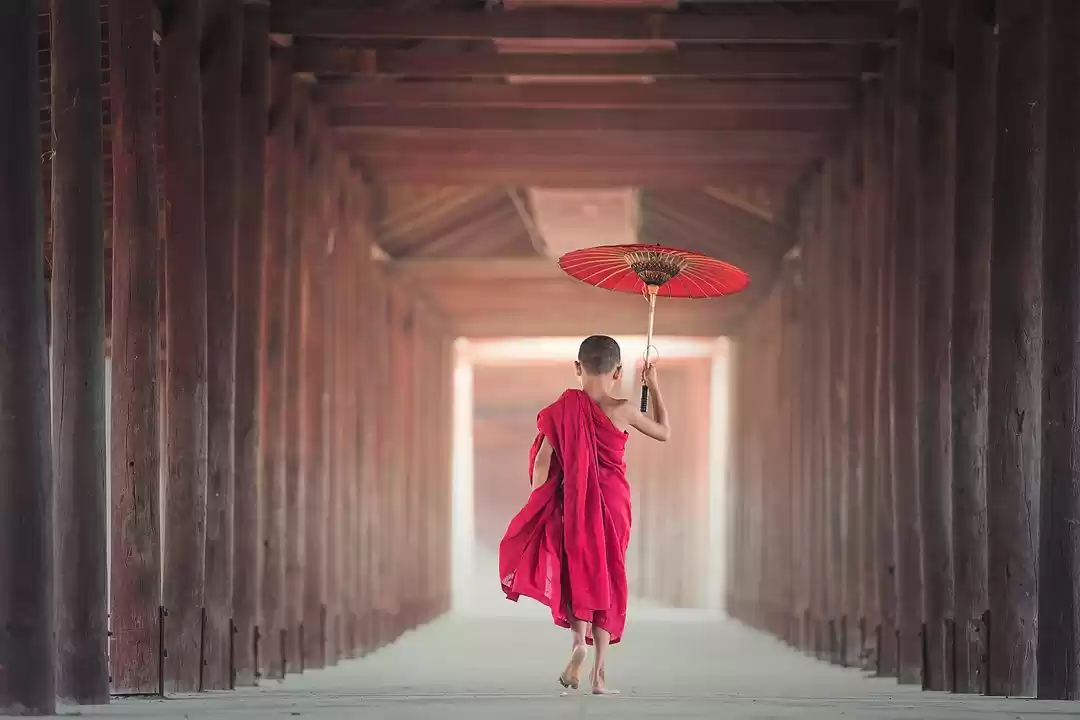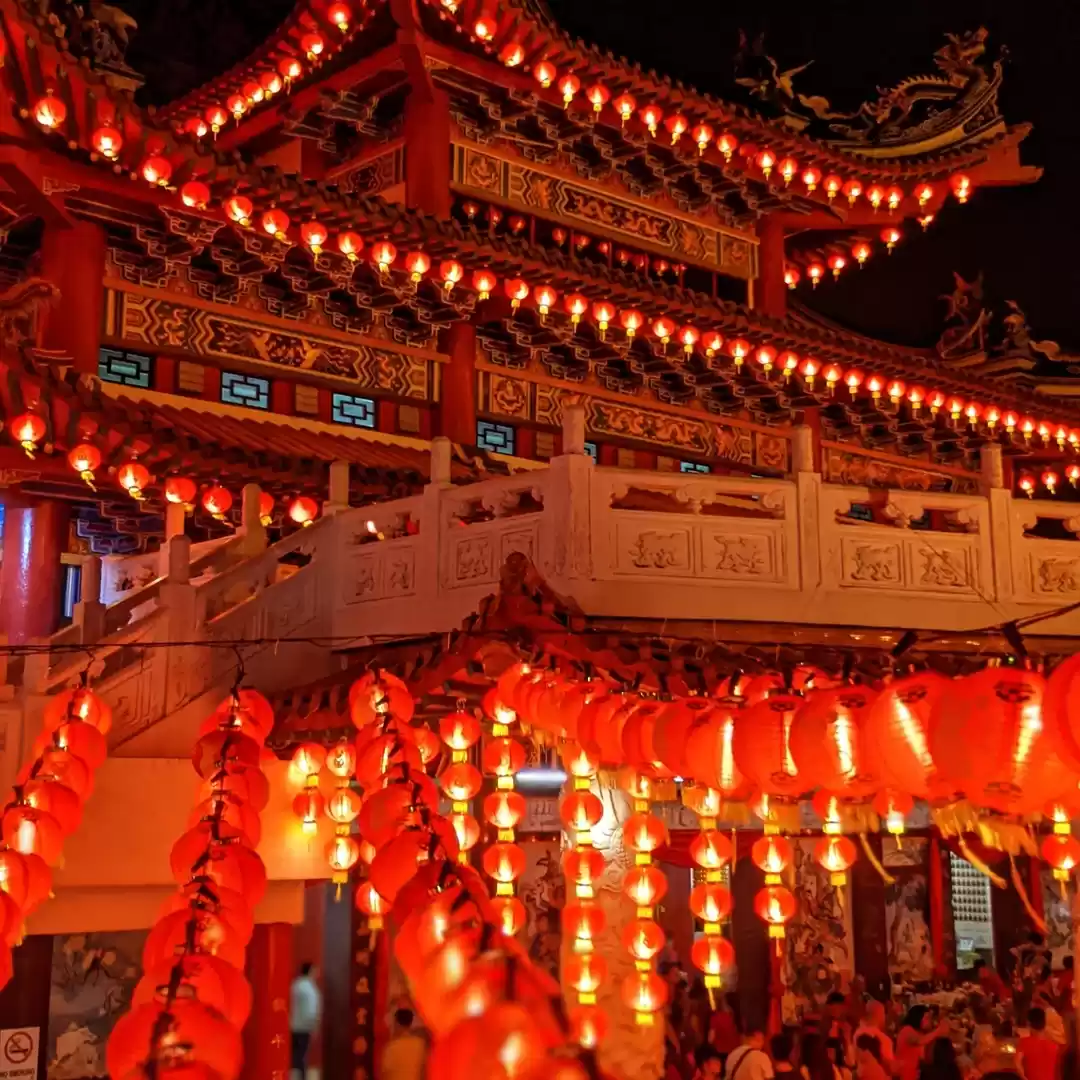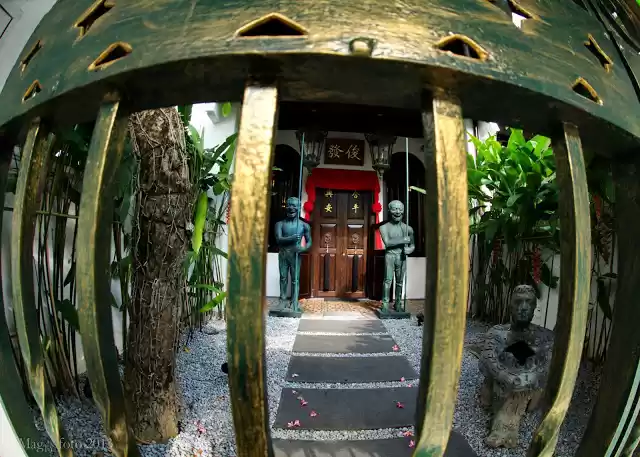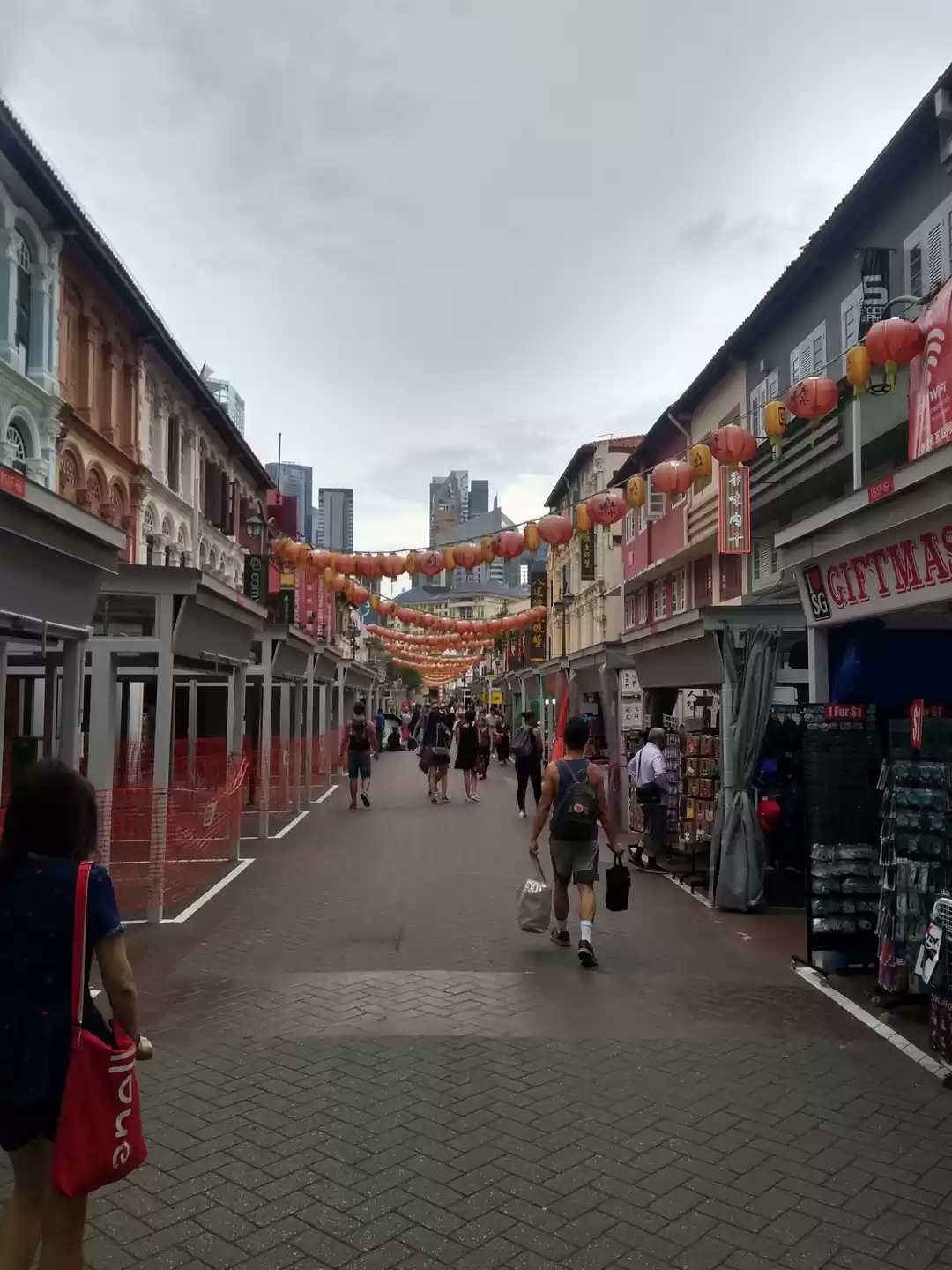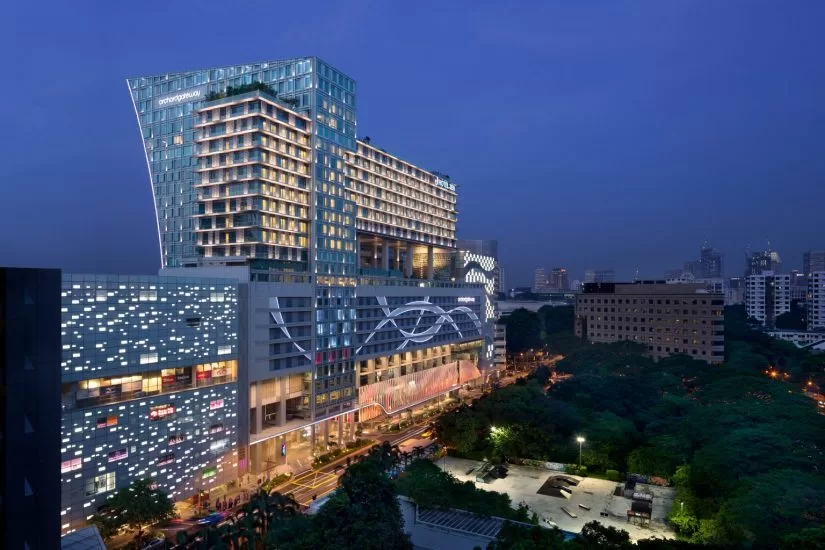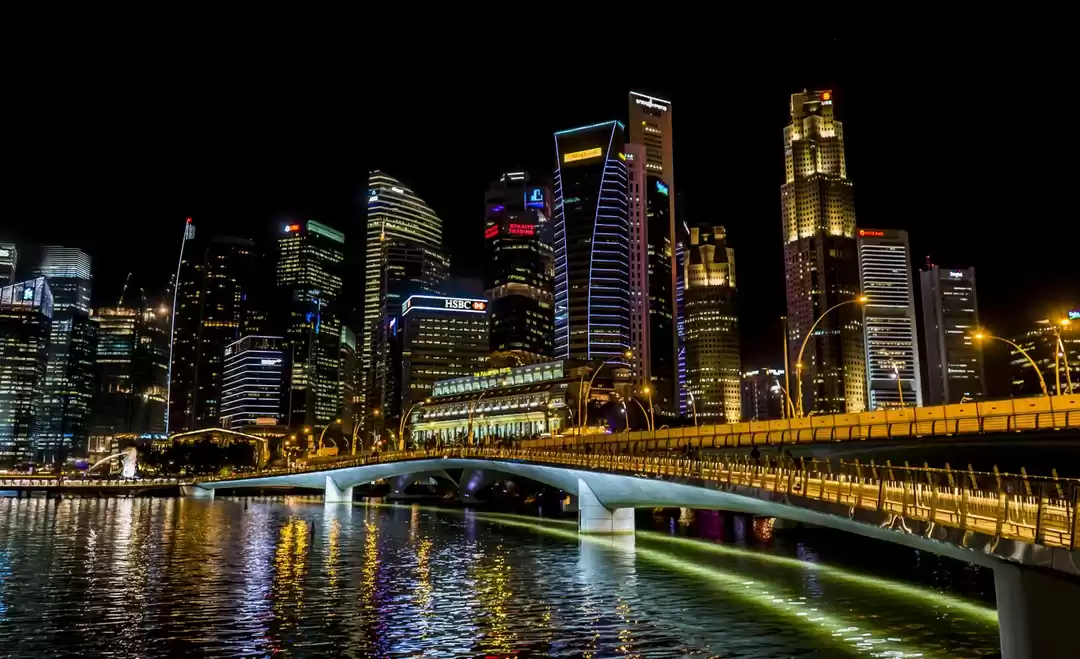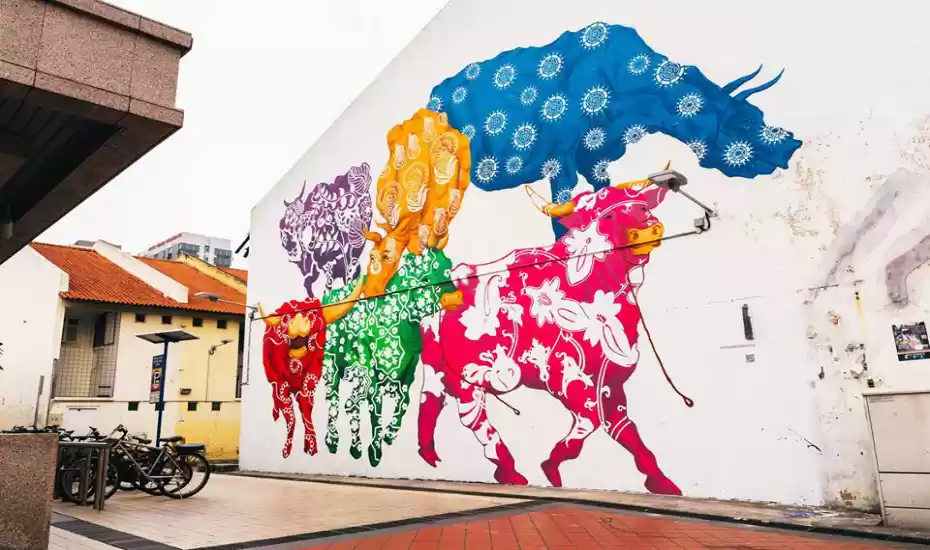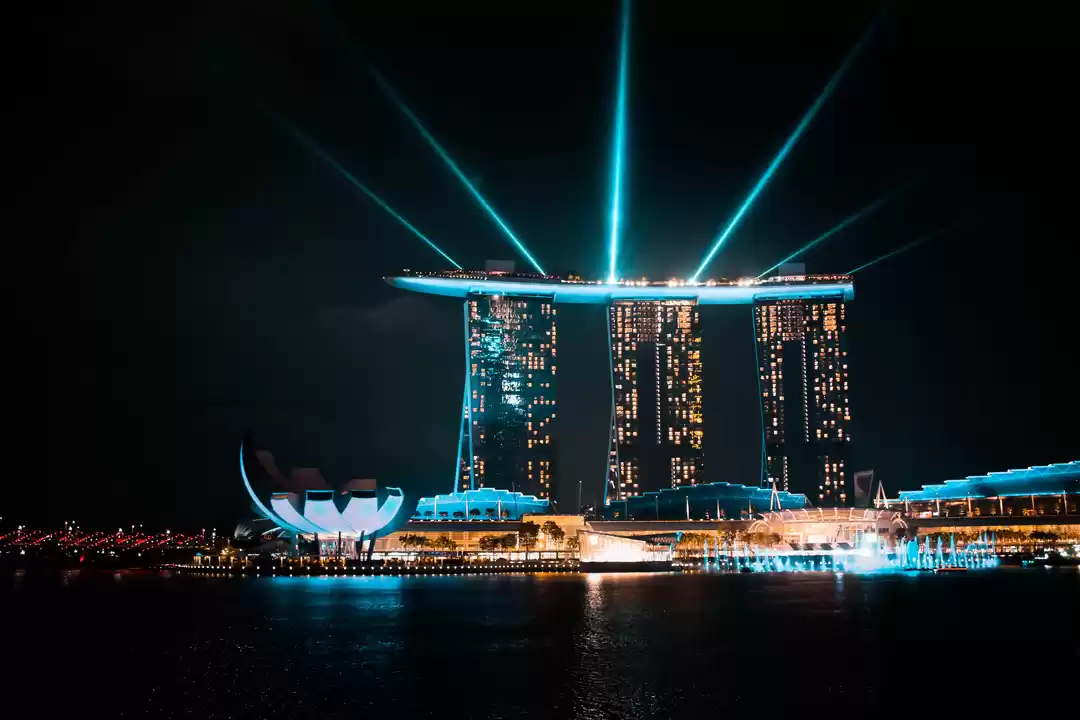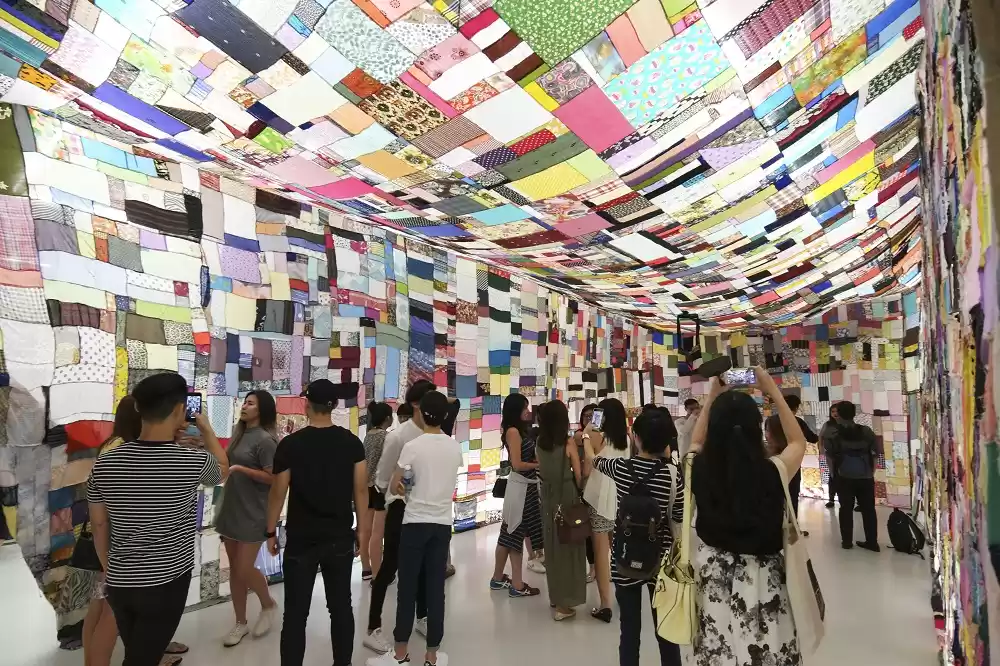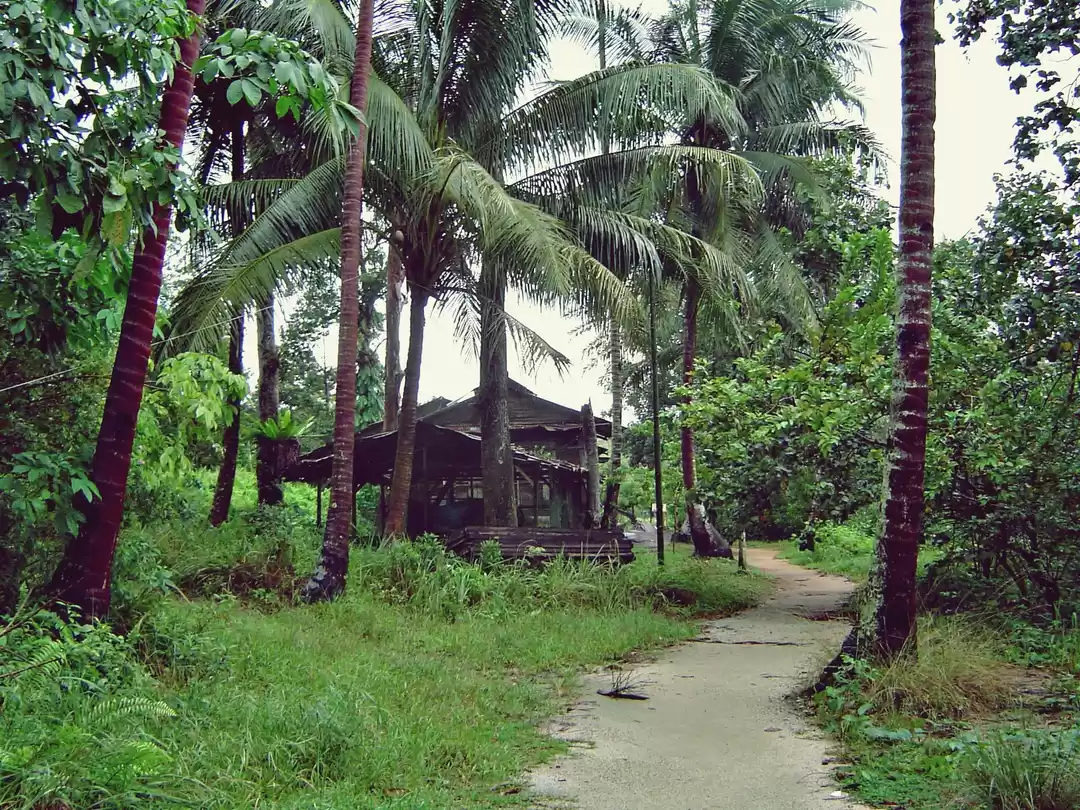





For those in the know, Singapore is actually a fabulous place for museums. Frankly I didn’t know this even though I stayed here all my life until it was pointed out by an overseas cousin. Then I discovered that there are many many museums in Singapore – something like 15 or so (large and small). That’s quite some for a tiny island country.
I got my “Friends of the Museum” card earlier this year (entitles me to free entry to many of the museums) and explored a few of the known ones like National Museum, Peranakan Museum, Singapore Art Museum, Asian Civilisation Museum and not so known ones like Raffles Museum of Biodiversity Research (long way down to National University of Singapore), Singapore Philatelic Museum and Mint Museum of Toys.

The Raffles Museum of Biodiversity Research is housed in the National Museum. Firstly, it’s not easy getting there (even though I am a Singaporean and supposed to know the way around my little island). Secondly, the display is a bit morbid (preserved animal specimens no less). Thirdly, it’s one of a kind in Singapore Pity that it is not really that accessible to the general public as it’s only open from Mondays to Fridays working hours and closed for Saturdays, Sundays and Public holidays. Thankfully, it is reported that the Museum will be moving to another new building in 2014 – hopefully, it will be more accessible at the new location.

A special walk to commemorate the 70th year of the fall of Singapore in 1942 took me around various parts of Singapore where the British/Allied or local forces fought against the invasion of the Japanese. I am obliged not to share most of the stories and places visited due to extensive research done to plan the itineraries but the things that will stay with me after this afternoon walk is the impact of seeing the rows and rows tombstones of the Kranji War Memorial and knowing that Singapore was not left to its own devices when met with Japanese invasion in 1942.

What can a humble brick do? Well, from the looks of what was displayed at the "The Art of the Brick" Exhibition at Singapore ArtScience Museum, a humble brick can certainly do wonders. I went there frankly because my son is crazy about Lego bricks and he basically pestered non-stop the minute he knew about the exhibition coming to Singapore. So armed with my trusty Nikon P7000, the entire family set off to see the exhibition on its 1st day of opening on 17 November 2012.
'Marvelous' is certainly a word that comes to mind when viewing the exhibition of sculptures made from the humble brick. Another word will be "WTW?" (aka "What in the World?" more a phase I know but with abbreviations, I can cheat ;)) - human torsos, gigantic skulls etc all conjured out with thought provoking ideas of what we are, who we are and what do we want to become.
Finish off the exhibition with a ginormous 6m long Dinosaur (T Rex no less) and you know you have entered a world that you can only exclaim "Wow!" at the end. My best take-away was from my son, who basically summed in all by saying "I want to be able to do this with my Lego bricks!"

Who would have thought that a walk around Raffles Place is actually a walk down Singapore’s history? Raffles Place was formerly called Commercial Square and was designated for commercial activities by Sir Stamford Raffles himself back in 1822 as part of his Raffles Town Plan. The rectangular centre of Raffles Place was often referred to as Raffles Square. It was the first reclamation project in Singapore as it was swampy land next to the Singapore River. Part of the history of this place resulted in the naming of the streets such as Market Street and Chulia Street (know earlier as Kling Street) were named after Dr Jose D'Almeida, the surgeon, who had his dispensary and his business firm of Jose D'Ameida and Sons in Commercial Square.” Singapore’s very own (and oldest department store) John Little started their operations here in Commercial Square back in 1845. During World War II, and on 8 December 1941, Japanese planes made Raffles Place one of their targets of destruction. On 12 December 1987, Raffles Place Mass Rapid Transit (MRT) Station was opened with accesses from each end of Raffles Square. The station's entrance has detailing reminiscent of the John Little Building's facade dated 1911 which was fashioned in a Spanish style.

Ann Siang Hill, located off South Bridge Road, was the site of the house and estate of Chia Ann Siang (谢安祥; 1832–1892), a wealthy Malacca-born Hokkien Chinese sawmiller. Located beside the former Telok Ayer Bay, it was one of 3 hills (the others being Mount Wallich and Mount Erskine which were eventually leveled) collectively known as Telok Ayer Hills.
The Chinese used to call this area qing shan ting. The early Chinese immigrants visited Ann Siang Hill when they wanted to send money home to their families in China, as it was the traditional site of remittance houses. Letter writers and calligraphers also had their businesses at the five-foot way of the shop houses to help the illiterate immigrants write letters home. Most of the houses in Ann Siang Hill and along Ann Siang Road were built between 1903 and 1941. Ann Siang Road, which has elegantly restored shop houses today, was once the traditional home of clan associations and exclusive social clubs.





